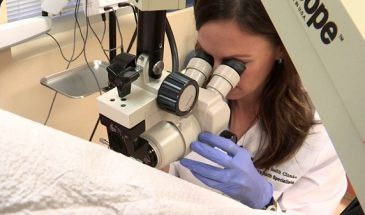- Overview
- Treatment Includes
- Treatment Excludes
- Booking
Your pelvis is a bowl-shaped cavity made of a set of bones in the lower part of your belly (abdomen). Within this area there are several organs. These include the uterus, the bladder, and the lower part of your intestines.
If the tissues weaken, one or more of these organs may drop down and press against or bulge into the vagina. This is called pelvic organ prolapse. One type of pelvic organ prolapse is called vaginal vault prolapse. This is when the upper part of the vagina folds down into the lower part. Or it may even push outside the vaginal opening. This can happen after a hysterectomy.
Sacrocolpopexy techniques include: abdominal, laparoscopic or robotic sacrocolpopexy. The type of procedure depends on condition.
INDICATIONS FOR SACROCOLPOPEXY
Sacrocolpopexy can help relieve the symptoms of pelvic organ prolapse, such as:
- Fullness or pressure in the vagina
- A bulge in the vagina or tissue bulging out from the vagina
- Leaking urine when you cough, sneeze, or laugh
- Sudden urges to urinate
- Constipation
- Pain with sexual intercourse
Pelvic organ prolapse can sometimes be treated without surgery. These treatments can include pelvic floor exercises or the use of a pessary. A pessary is a small device inserted into the vagina to provide support. Your healthcare provider may advise surgery if these options don’t work, or if you have moderate to severe prolapse. Your provider may advise you to have the surgery only if you don’t plan to have children in the future.
No details found.
No details found.
-
StartEndGroup (Min-Max)Pricing




